
Religion, travels and landscapes are always very inspiring – we haven’t told you anything groundbreaking. However, have you ever thought about how much they have shaped the art of today? They had a large impact – especially when it comes to the fine arts of English painters. This is the story of two great English painters who marked the turn between the centuries. Their impact on the art world is remarkable even today.
William Blake – Vision Of Words And Paintings
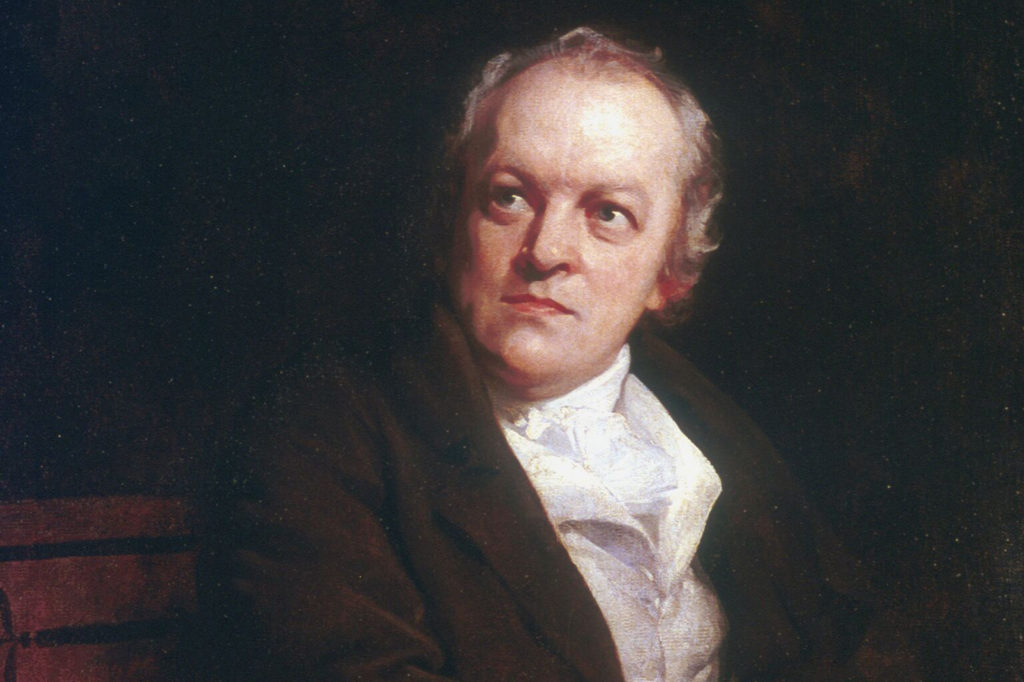
William Blake was a poet and a painter – but he was indeed much more than that. He considered himself a prophet and visionary, and his followers considered him a shamanic figure, mystic and philosopher. He is one of the most significant figures of English romanticism at the turn of the 18th to the 19th century. William Blake claimed that he had visions of angels, figures from the Old and New Testaments, as well as deceased brothers and other human figures – from his early childhood. These angels were telling him: Be an artist or nothing else. Often his contemporaries used to say that he was an irrational freak. However, Blake was very reasonable. His whole work is accompanied by consistent and elaborate ideas. His visions were connected and always full of meaning. He knew the difference between them and the real world. He was aware that they were the product of his imagination.
The Birth Of Romanticism
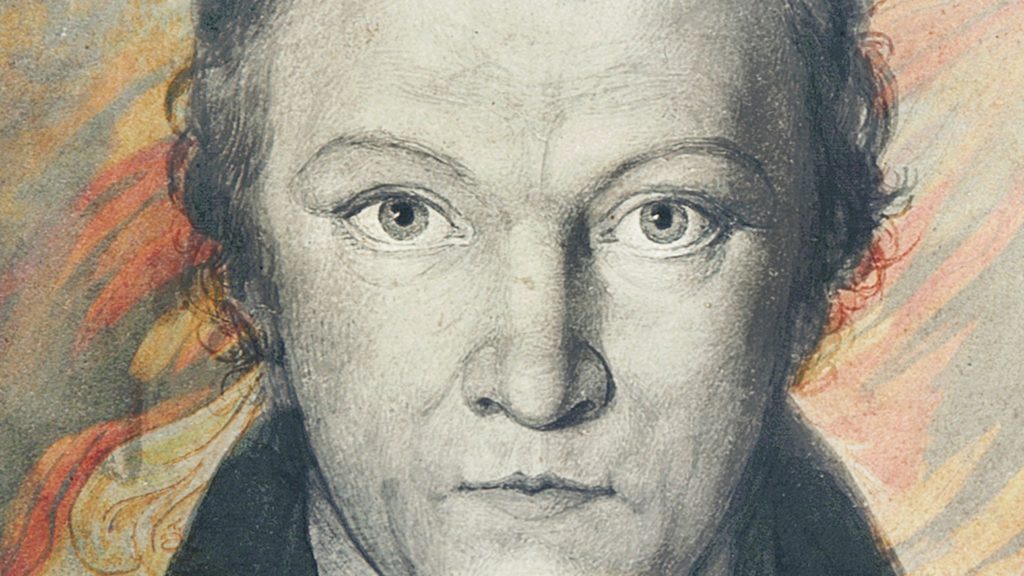
William Blake was born in London in 1757 and lived until 1827. The times he lived in were marked by major events and changes in Europe, of which the French Revolution was the most significant one. Although Blake is often thought to have been a complete alienator from the world he lived in – this is a misconception. His art was not publicly accepted, but he was actively involved in the social life of London. He moved in important circles, including artist Henry Fuseli and proto-feminist Mary Wollstonecraft.
He was familiar with the radical ideas of the time. Blake had strong views on the events of his time. He was a rebellious spirit. His political views were anarchist and revolutionary. He supported the American and French Revolution, which he symbolized in some of his works. For him, a revolution was a way of getting rid of the old order. Several artists, poets and painters are emerging to promote similar ideas across Europe. They create works that are a reaction to the calm and didactic art of neoclassicism. There is a need to abandon rationalism and materialism represented by Enlightenment thinkers. That’s how romanticism is born.
The Art Of William Blake
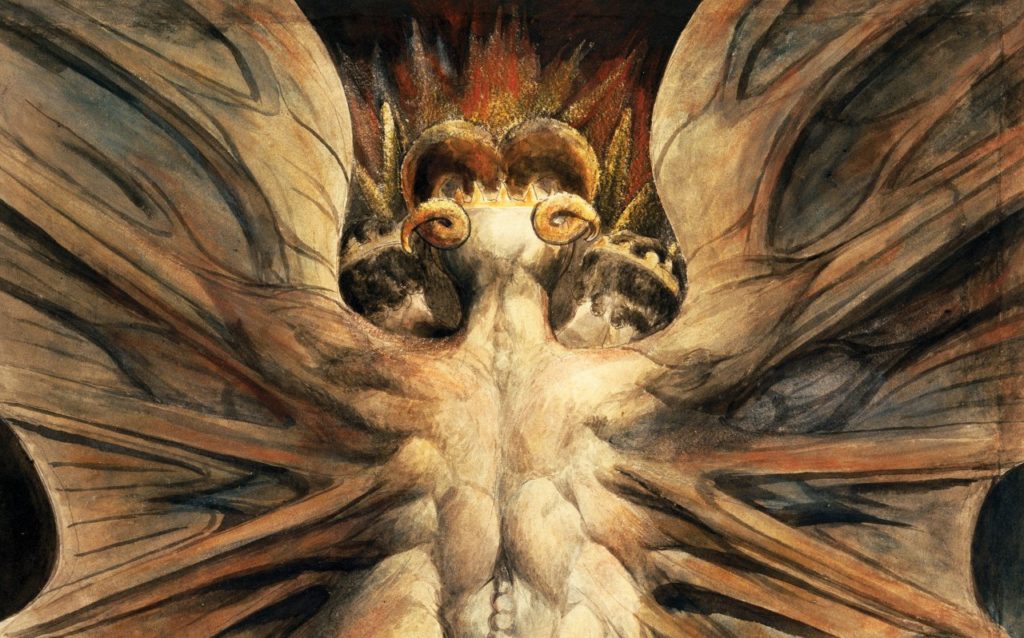
Blake studied for a while at the prestigious Royal Academy, but after a while, he left it. Back then, portrait painting was the most popular in English art. Joshua Reynolds was a leading time painter and professor at the Academy. Blake’s views on art were significantly different from those of Reynolds. Blake was a watercolorist, and he refused to use oil paints. This limited the opportunities to be celebrated as a painter and to be respected, as this technique was considered a second-rate painting technique.
Because of this, Blake gave up further education and decided to rely on his own intuition in his art. Typically, romantic painters get attached to landscape painting, such as William Turner or John Constable. However, Blake did not paint the landscapes. In his art, he often used motives from nature, such as flowers, trees or insects – but he avoided painting in a strictly naturalistic way. Gothic sculpture and Michelangelo’s work had an impact on his painting.
Surrealism In Blake’s Paintings
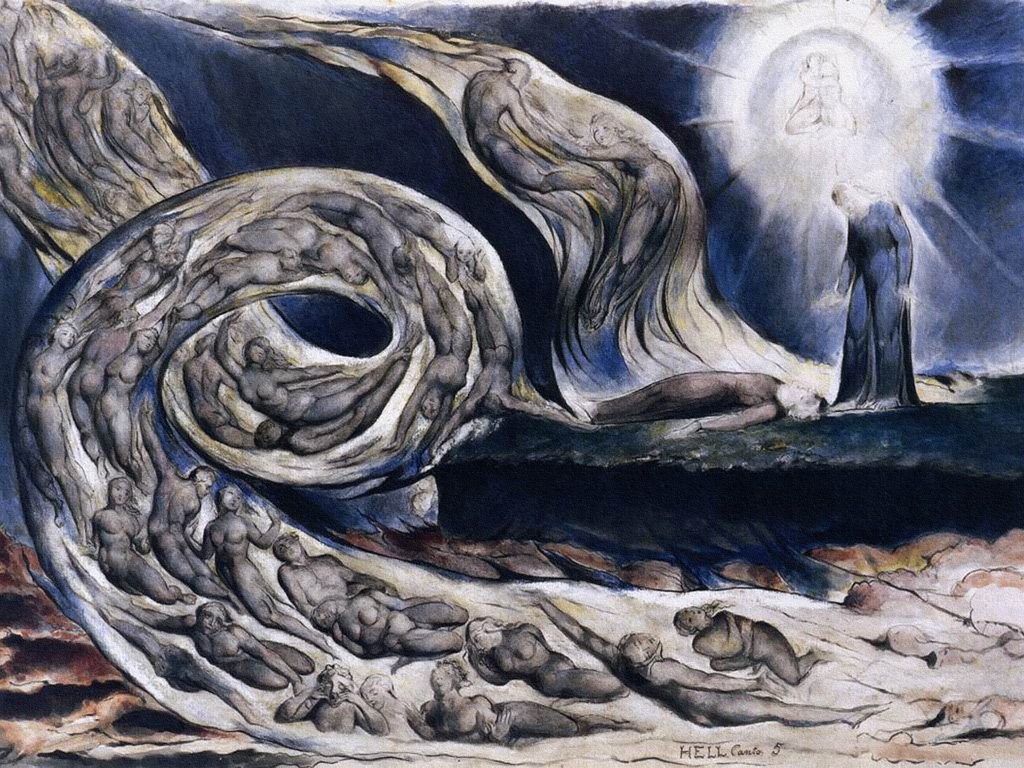
Blake does not try to represent what we see in the material world around us, but what is behind that world. He usually represents the human figure in an unrealistic space. His paintings are characterized by a tendency to represent disembodied creatures. These figures float as if released gravity forces.
He wants to represent the eternal world shown to man through imagination. In both his visual and literary work, Blake transmits his inner images. He is often inspired by the above-human themes. He deals with the themes of eternity, sensuality, man’s spiritual decline. He also invents characters and stories and draws inspiration from dreams, distant places and times. He releases his art of conventionality.
Blake Dies And Many Of His Works Disappear
1825 Work begins to illustrate Dante’s Divine Comedy. In some of these Blake’s works you can see online on websites such as Meisterdrucke where you can also learn more about Blake’s paintings. Blake died on August 12, 1827, after which a number of his works disappeared. Some were considered intentionally destroyed because they were inconsistent with current moral and religious principles.
Travels That Shaped The Motives Of Other English Painters
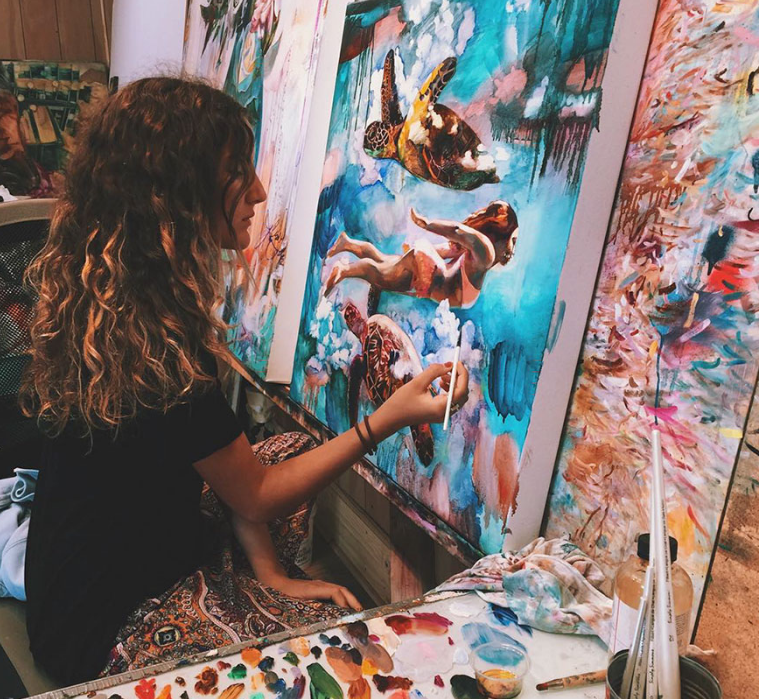
Travels in any form have shaped the work of English painters at the turn of the century. Worldwide or local – that was not of great importance. Two great painters of the 19th century John Constable and Joseph Mallord William Turner explored the phenomenon of inspirational travel through their works. John Constable was an English romantic who painted landscapes first and foremost. Therefore, his vision of travel came down to short, local shifts. On the other hand, the fantastic J.M.W. Turner has traveled across the whole of Europe and the sunsets he painted cut into his brain and stayed there forever. This tradition continued into the 20th century when travels were the main motives of various artistic content.
Constable’s Art
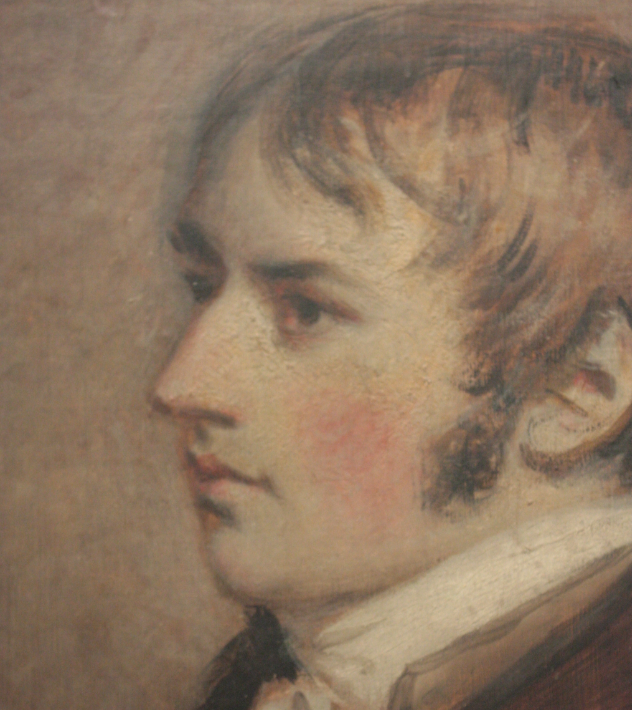
Besides J. M. W. Turner, his angry rival, John Constable was the greatest landscape painter in the history of English painting. The environment of Suffolk, at the same time tame and full of dramatic power, comes to life on his canvases in a truly spectacular way – from the gloomy clouds where we could almost see the first drops of rain to the swans floating on the surface of the lake as if they could just move their wings.
The Art Can’t Be Stopped
He grew up in East Bergholt, a picturesque English village on the River Stour. The father, a merchant and a mill owner saw in him the heir to the family business. John’s older brother was mildly retarded. As a boy, John helped load his father’s corn on board a ship that transported him to London, and after leaving school, his father also tried to direct him to the financial aspects of the business. It was without success.
The young man had neither interest nor talent for that. He spent every spare moment in nature, sketching interesting scenes that would catch his eye. When he timidly told his father that he wanted to devote his life to painting, he sighed deeply. He sat in silence for half an hour, finally agreeing.
Moving To London
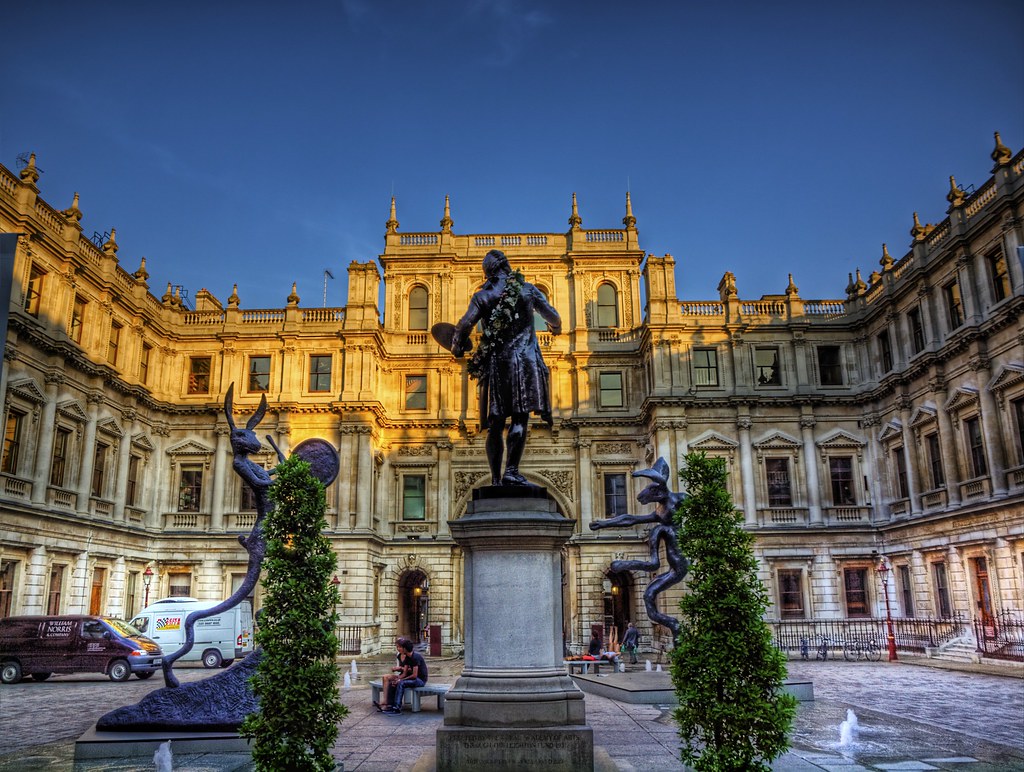
With the financial help of his father, John moved to London. He enrolled in painting studies at the renowned Royal Academy, initially copying the works of the old masters, and then fully devoted himself to landscapes, working directly in nature and releasing an academic tone. His technique was unusually divine. He applied the paint to the canvases, unusually large, without smoothing – applying an abundant spread with a spatula.
He introduced into the English painting the unknown poetry of atmospheric phenomena. In the playing with lights and shadows – he was unsurpassed. Although he was considered a genius for his lifetime, he sold only 20 paintings in his homeland. He has become a member of the Academy in his age of fifty-two. He was much more successful in France, where he made a strong impact on the Impressionists and the Barbizon School.
Rivalry With Turner
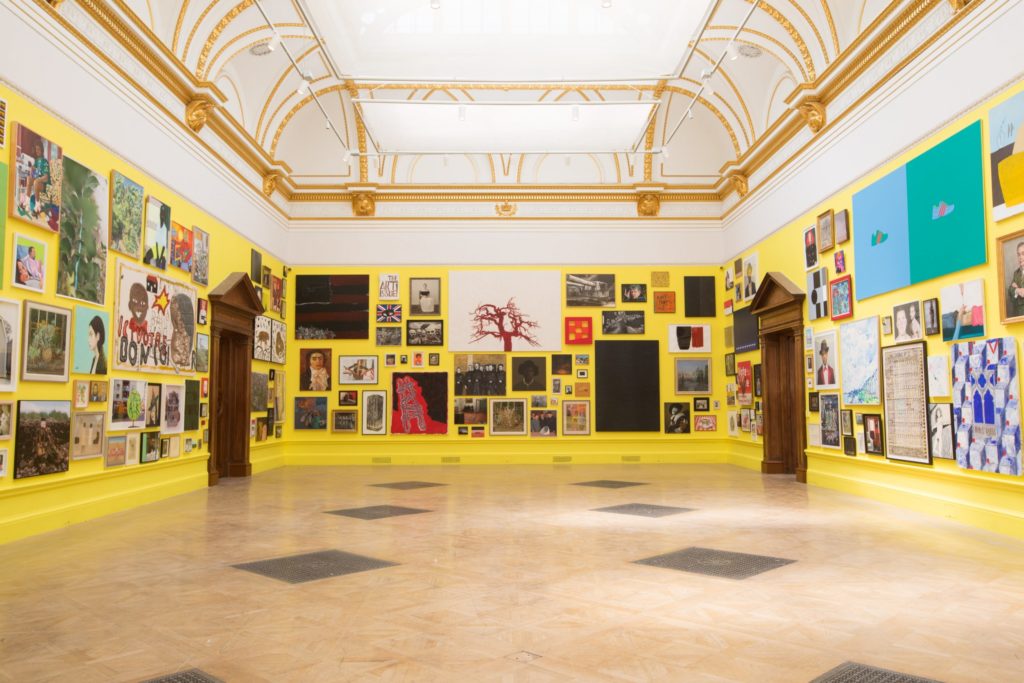
Constable and Turner shared only geniality while in everything else they were as different as heaven and earth. Constable, a handsome and graceful man, had loved only one woman, his wife, Mary Bicknell, the mother of his seven children. Unlike him, Turner was a womanizer and did not want to admit any of his extramarital children. In 1832, the works of two rivals were on display at the Royal Academy Gallery, side by side.
Constable’s gigantic piece “Opening the Waterloo Bridge,” on which he has worked on for a decade – has attracted much more attention than Turner’s image of the open sea. Turner stood silently in the background and then left the hall. He returned in about fifteen minutes, with painting supplies. Immersing the brush in red, he placed a dot of glittering red in the middle of the canvas. His painting, which at once seemed like an exciting experiment, was rewarded with applause from the crowd.














